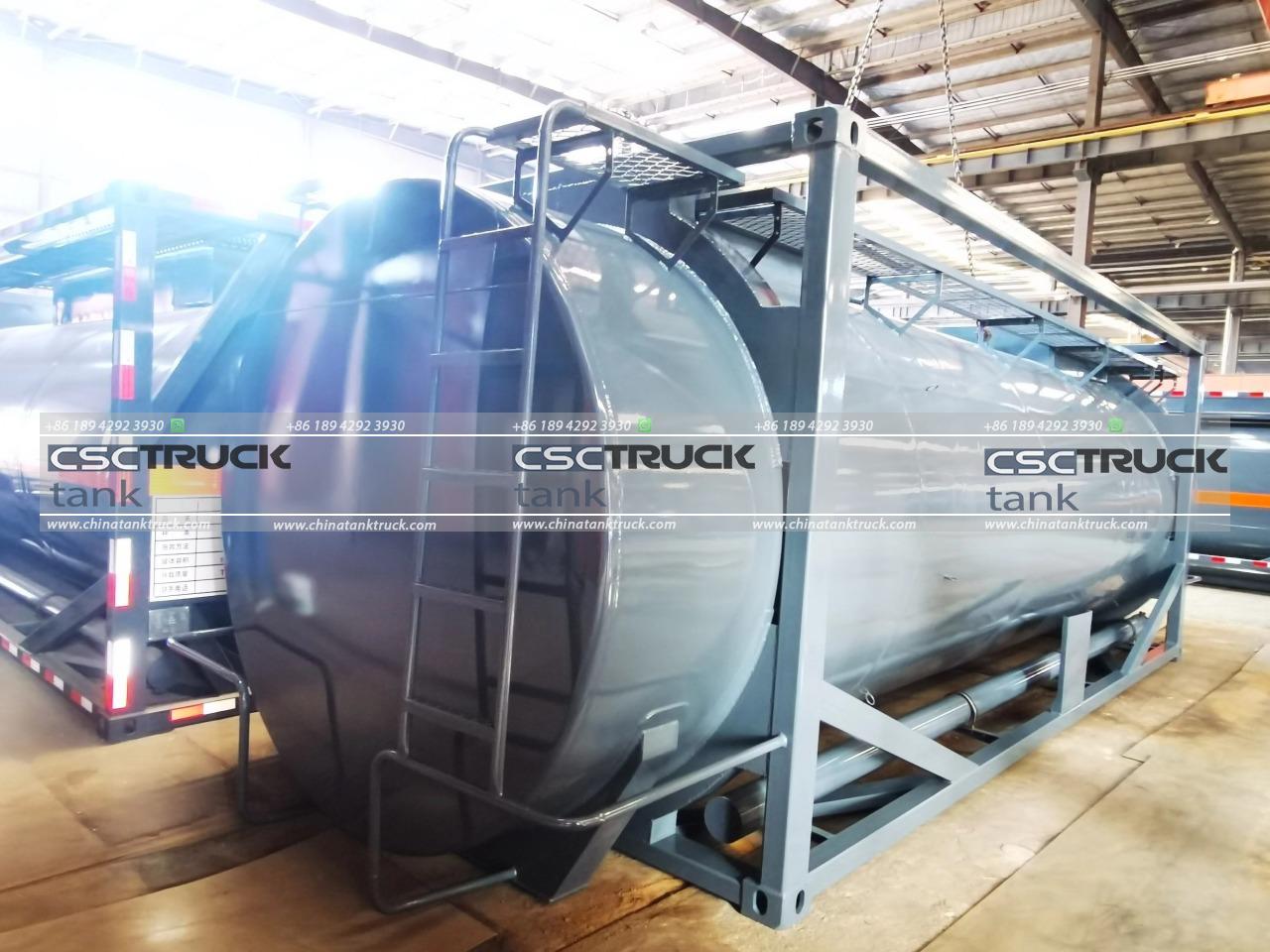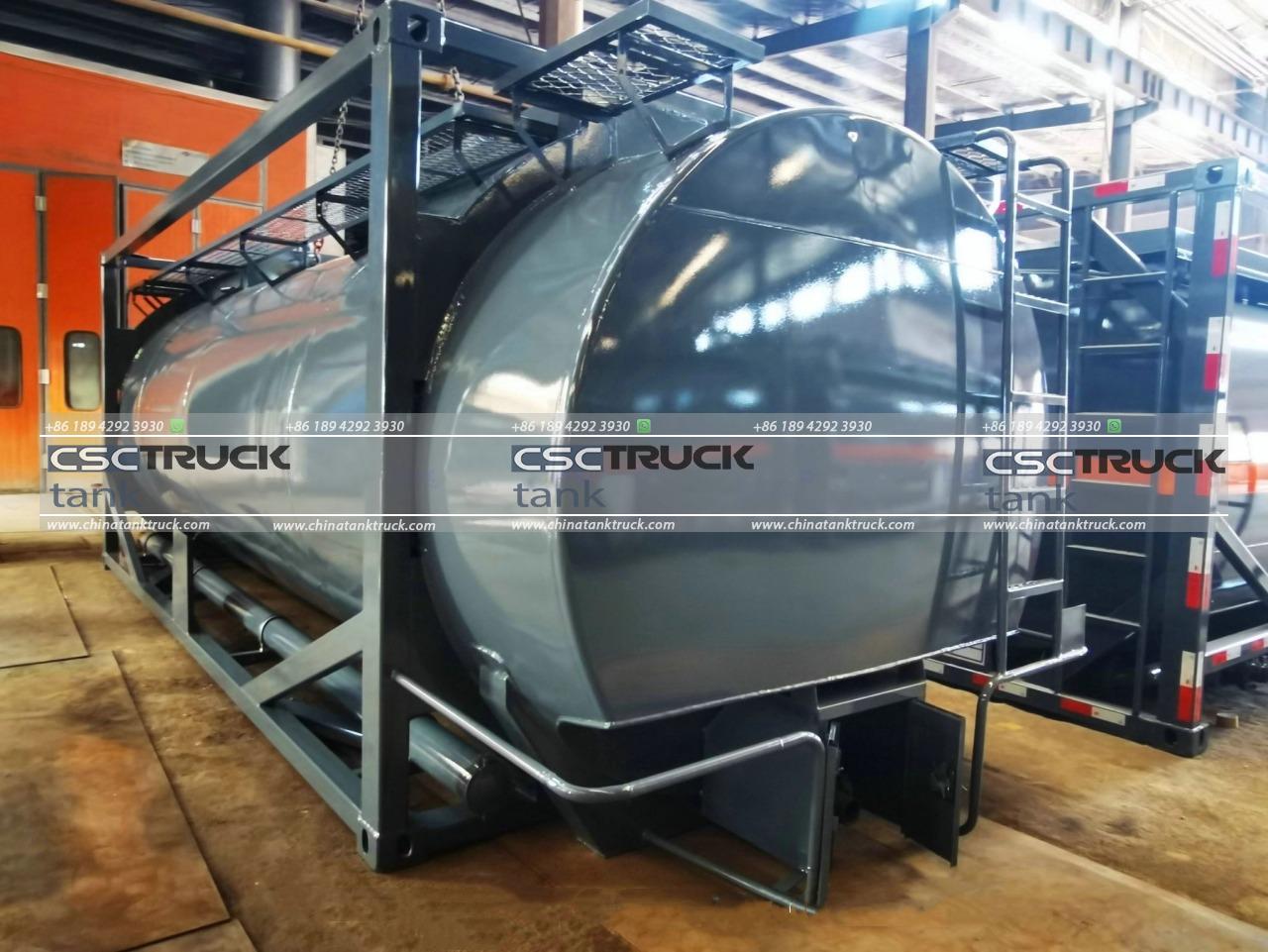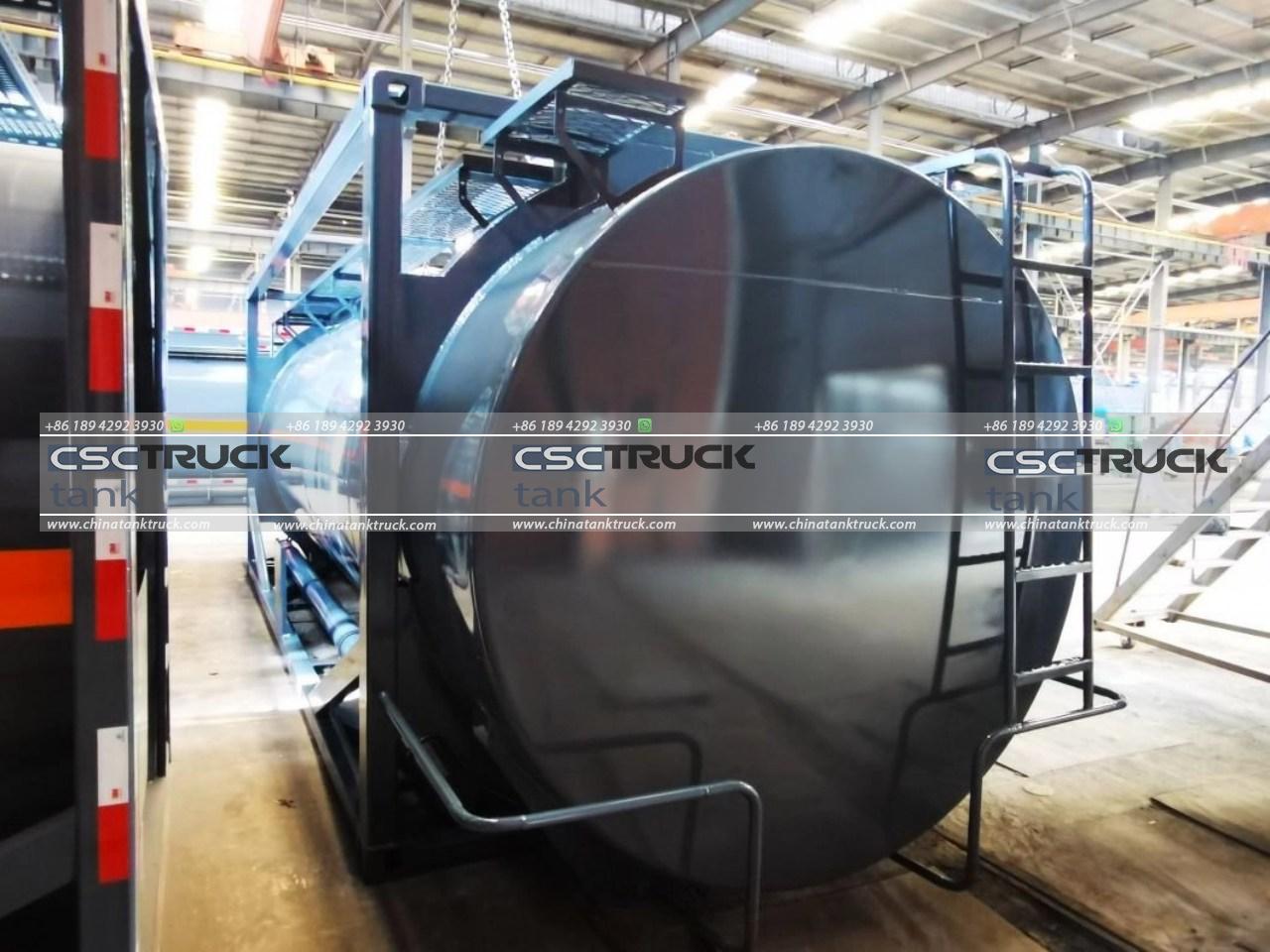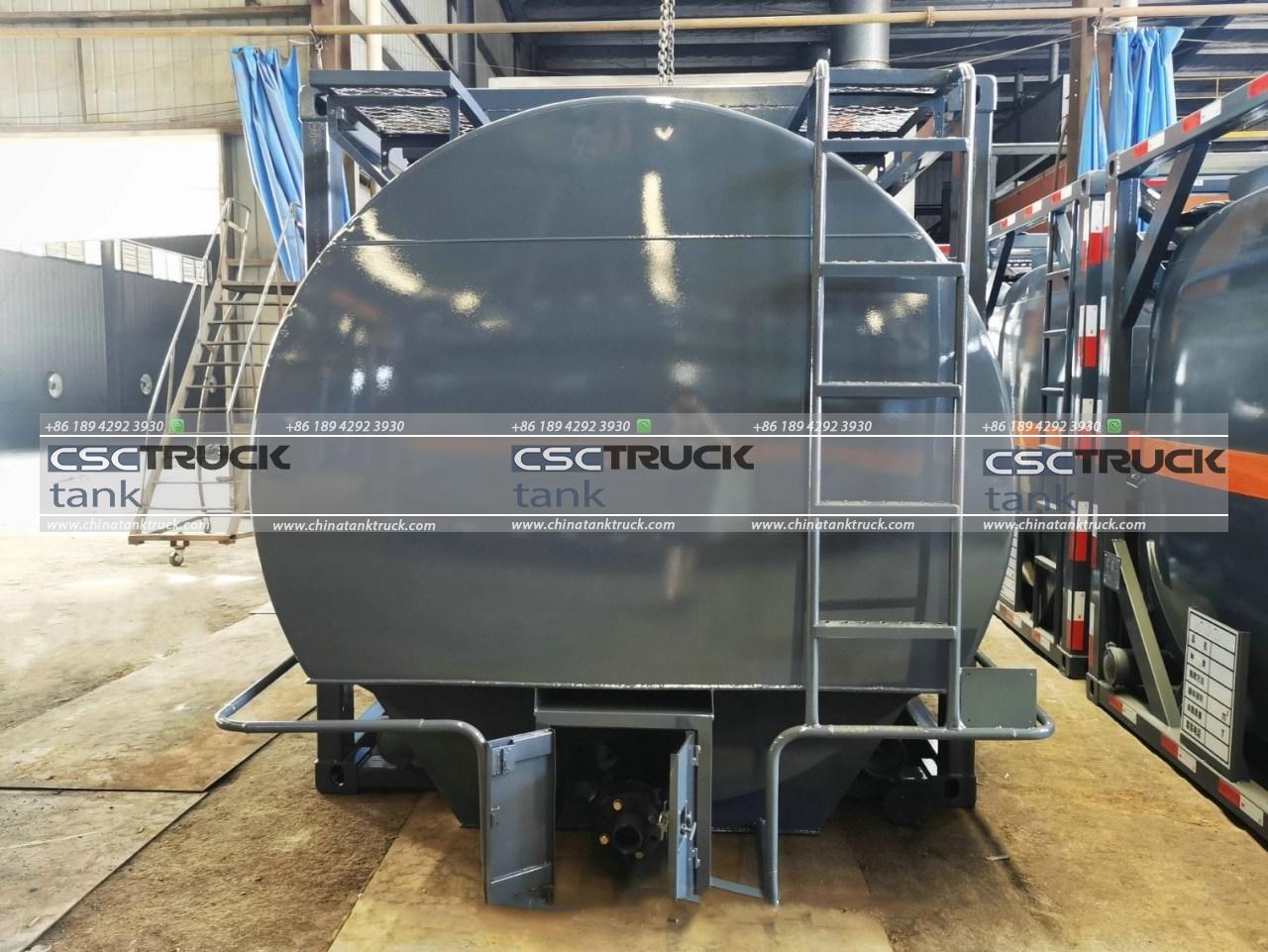What Are the Requirements for ISO Tanks?
In the world of logistics and transportation, ISO tanks—standardized, intermodal tanks designed for the safe and efficient transport of liquids—play a crucial role. These tanks are widely used for transporting chemicals, foodstuffs, and hazardous materials across the globe. To ensure their safe and effective use, ISO tanks must adhere to a set of stringent requirements and standards. This article explores the key requirements for ISO tanks, covering their design, manufacturing, inspection, and operational standards.
1. Understanding ISO Tanks
ISO tanks are designed to meet international standards set by the International Organization for Standardization (ISO). These tanks are typically constructed from stainless steel and are housed within a steel framework, making them robust enough to withstand the rigors of global shipping. They come in various sizes, but the most common ones are 20 feet in length, with a capacity of approximately 20,000 to 25,000 liters.

2. Design and Construction Standards
Material Requirements:
ISO tanks are primarily constructed from stainless steel due to its resistance to corrosion and its ability to maintain the integrity of the cargo. The choice of stainless steel grade depends on the nature of the cargo being transported. For instance, Type 316 stainless steel is commonly used for transporting corrosive substances due to its superior resistance to chemicals.
Structural Integrity:
The tank must be robust enough to endure mechanical stress during transportation. The steel framework surrounding the tank provides additional protection and allows for easy handling with cranes and forklifts. The design must also ensure that the tank is capable of withstanding the forces encountered during loading, unloading, and transit.
Insulation and Heating:
For certain cargoes, especially those that are temperature-sensitive, ISO tanks are equipped with insulation and heating systems. Insulation helps in maintaining the desired temperature of the cargo, while heating systems prevent the freezing of contents in colder climates. The insulation materials used must comply with specific standards to ensure efficiency and safety.
3. Compliance with International Standards
ISO 668:
ISO 668 specifies the dimensions and tolerances for intermodal containers, including ISO tanks. This standard ensures that tanks are compatible with various modes of transport such as ships, trains, and trucks. Compliance with this standard is crucial for efficient and safe intermodal transport.
ISO 1496-3:
This standard specifically addresses the requirements for the design and testing of tank containers used for the transportation of liquids. It outlines the specifications for the tank’s structural strength, capacity, and testing procedures to ensure that the tanks can safely handle the intended cargo.
UN Recommendations:
ISO tanks transporting hazardous materials must comply with the United Nations’ Recommendations on the Transport of Dangerous Goods. These guidelines stipulate additional requirements for safety, including specific labeling, documentation, and containment measures to handle hazardous substances.

4. Safety and Maintenance Requirements
Inspection and Certification:
ISO tanks must undergo rigorous inspection and certification processes. Regular inspections are essential to ensure that the tank remains in compliance with safety standards. Certification bodies, such as the American Bureau of Shipping (ABS) or Lloyd’s Register, often conduct these inspections. Certification involves checking the tank’s structural integrity, testing its pressure limits, and verifying that it meets all relevant standards.
Maintenance Procedures:
Routine maintenance is crucial to prolong the lifespan of an ISO tank and to ensure its safety. This includes regular cleaning, checking for signs of wear and tear, and ensuring that all valves, seals, and fittings are in good working order. Maintenance procedures must follow the manufacturer’s guidelines and any applicable regulations.
Emergency Procedures:
ISO tanks must be equipped with emergency response procedures to handle spills, leaks, or accidents. This includes having proper containment systems, emergency shut-off valves, and spill kits readily available. Operators and handlers must be trained in emergency response protocols to mitigate risks in case of an incident.
5. Operational Requirements
Loading and Unloading:
Proper loading and unloading procedures are essential to prevent accidents and ensure the safe handling of cargo. Operators must be trained in the correct use of equipment and must follow standard operating procedures to avoid spills and leaks. The tank should be securely fastened during transit to prevent shifting or tipping.
Documentation and Labeling:
Accurate documentation and proper labeling are vital for the safe transport of ISO tanks. Documentation includes information about the cargo, such as its nature, quantity, and any special handling instructions. Labeling must adhere to international regulations, especially for hazardous materials, to ensure that all handling and emergency procedures are followed correctly.
Handling and Storage:
ISO tanks should be handled and stored in a manner that prevents damage. This includes using appropriate lifting equipment and ensuring that the storage area is clean and free from potential hazards. Proper storage also involves maintaining the tank in a position that prevents leaks and allows for easy inspection and maintenance.

6. Environmental and Regulatory Considerations
Environmental Regulations:
ISO tanks must comply with environmental regulations that aim to minimize the impact of transportation activities on the environment. This includes measures to prevent leaks and spills that could contaminate soil and water. Regular inspections and maintenance help in adhering to these environmental standards.
Regulatory Compliance:
ISO tanks must comply with various national and international regulations depending on the cargo being transported and the countries involved. This includes customs regulations, safety standards, and any specific requirements related to the type of cargo. Operators must stay informed about regulatory changes and ensure that all aspects of tank operation comply.
Conclusion
ISO tanks are essential components in the global supply chain, facilitating the safe and efficient transport of liquids. Adhering to the requirements for design, construction, inspection, and operational procedures ensures that these tanks meet safety standards and regulatory requirements. By following these guidelines, companies can mitigate risks, protect the environment, and ensure the safe delivery of goods across the world. The ongoing adherence to ISO standards and best practices is crucial for maintaining the reliability and safety of ISO tanks in the logistics industry.


